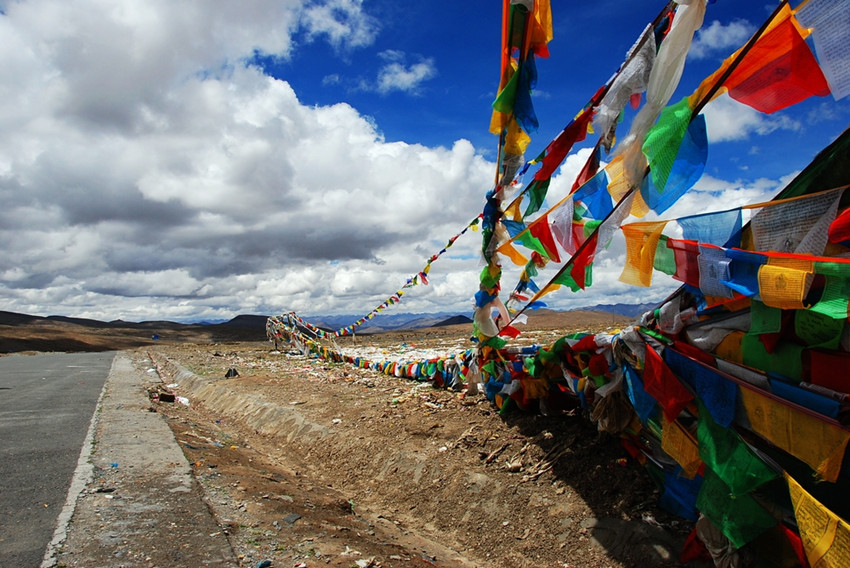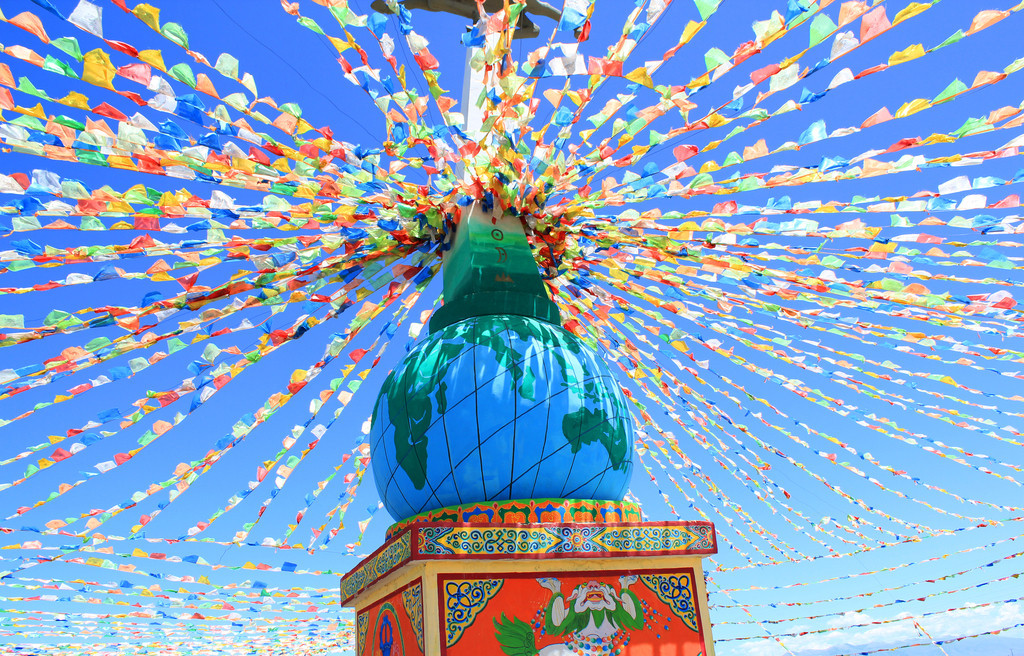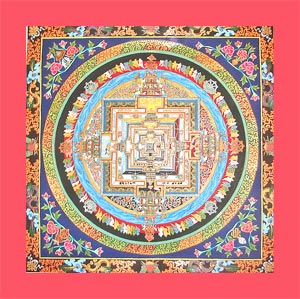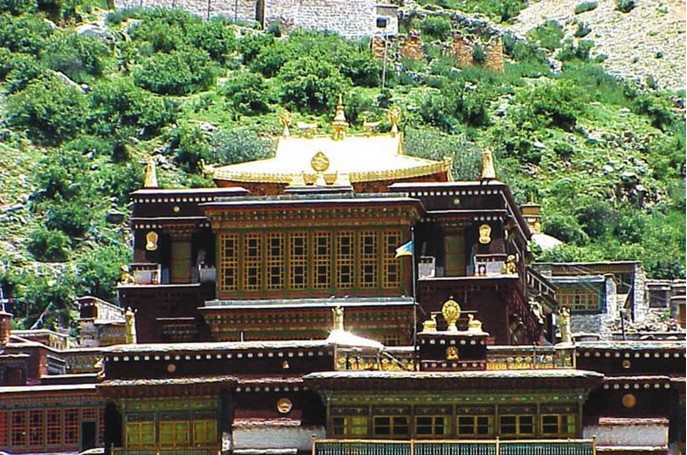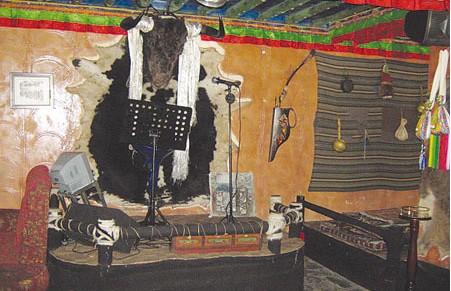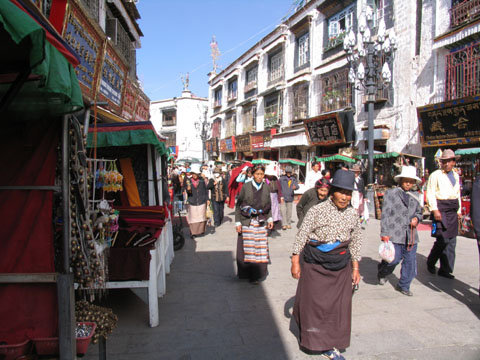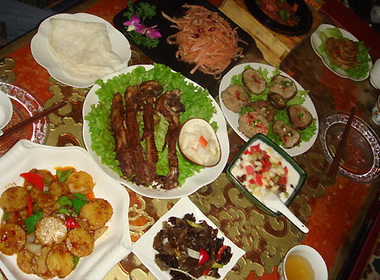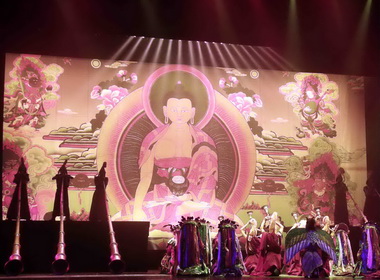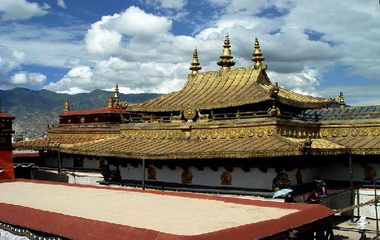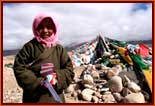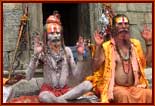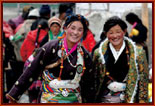Prayer Flag
A prayer flag is a banner of colourful cloth, often found strung along mountain ridges and peaks high in the Himalayas.
Prayer Flags are inscribed with auspicious symbols, invocations, prayers, and mantras. Tibetan Buddhists for centuries have planted these flags outside their homes and places of spiritual practice for the wind to carry the beneficent vibrations across the countryside.
Prayer flags are said to bring happiness, long life and prosperity to the flag planter and those in the vicinity. Dharma prints bear traditional Buddhist symbols, protectors and enlightened beings. As the Buddhist spiritual approach is non-theistic, the elements of Tantric iconography do not stand for external beings, but represent aspects of enlightened mind i.e. compassion, perfect action, fearlessness, etc. Displayed with respect, Dharma prints impart a feeling of harmony and bring to mind the precious teachings.
The prayer flag tradition is ancient, dating back thousands of years in India and to the shamanistic Bon tradition of pre-Buddhist Tibet. Bonpo priests used solid colored cloth flags, perhaps with their magical symbols, to balance the elements both internally and externally. The 5 colors of prayer flags represent the 5 basic elements: yellow-earth, green-water, red-fire, white-air, blue-space. Balancing these elements externally brings harmony to the environment. Balancing the elements internally brings health to the body and the mind.

Buddhists added their own texts to increase the power of the flags. There are ancient symbols, prayers and mantras for generating compassion, health, wish fulfillment, and for overcoming diseases, natural disasters and other obstacles. In this present dark-age disharmony reigns and the elements are way out of balance. The earth needs healing like never before. Prayer flags moving in the wind generate a natural positive energy. Acting on a spiritual level the emanating vibrations protect from harm and bring harmony to everything touched by the wind.
During the Cultural Revolution, prayer flags were discouraged but not entirely eliminated. Many traditional designs may have been lost. Currently, different styles of prayer flags can be seen all across the Tibetan region.
In addition to mantras, prayers for the long life and good fortune of the person who mounts the flags are often included. Images or the names of four powerful animals, also known as the Four Dignities, the dragon, the garuda, the tiger, and the snowlion, adorn each corner of a flag.
Symbolism and traditionTraditionally, prayer flags are used to promote peace, compassion, strength, and wisdom. The flags do not carry prayers to gods, a common misconception; rather, the Tibetans believe the prayers and mantras will be blown by the wind to spread the good will and compassion into all pervading space. Therefore, prayer flags are thought to bring benefit to all.
By hanging flags in high places the Lung ta will carry the blessings depicted on the flags to all beings. As wind passes over the surface of the flags which are sensitive to the slightest movement of the wind, the air is purified and sanctified by the Mantras.
The prayers of a flag become a permanent part of the universe as the images fade from exposure to the elements. Just as life moves on and is replaced by new life, Tibetans renew their hopes for the world by continually mounting new flags alongside the old. This act symbolizes a welcoming of life's changes and an acknowledgment that all beings are part of a greater ongoing cycle.
Because the symbols and mantras on prayer flags are sacred, they should be treated with respect. They should not be placed on ground or used in clothing. Old prayer flags should be burned.
